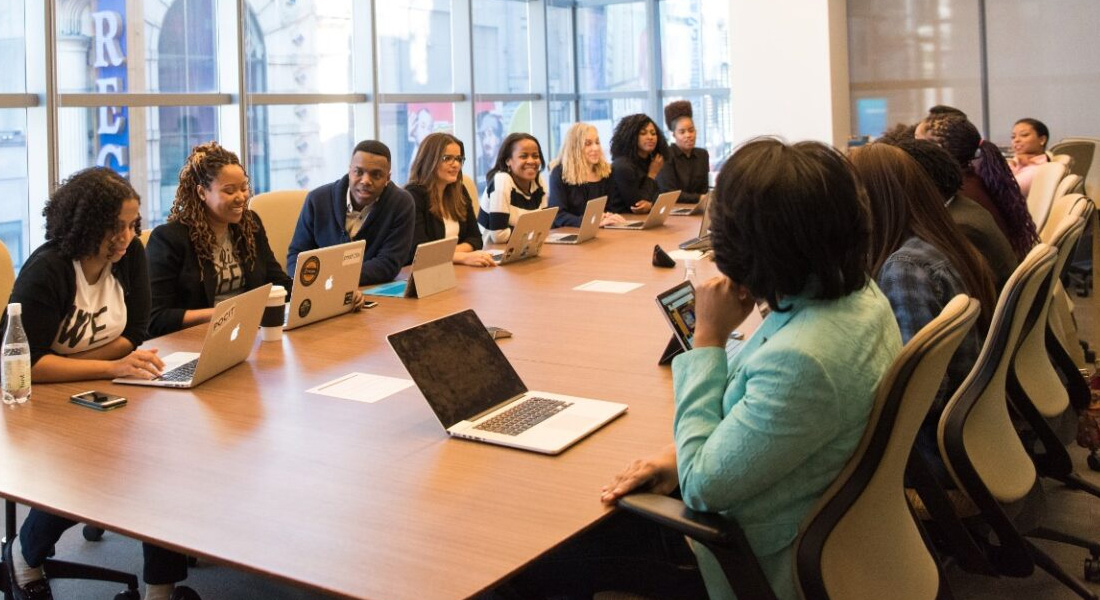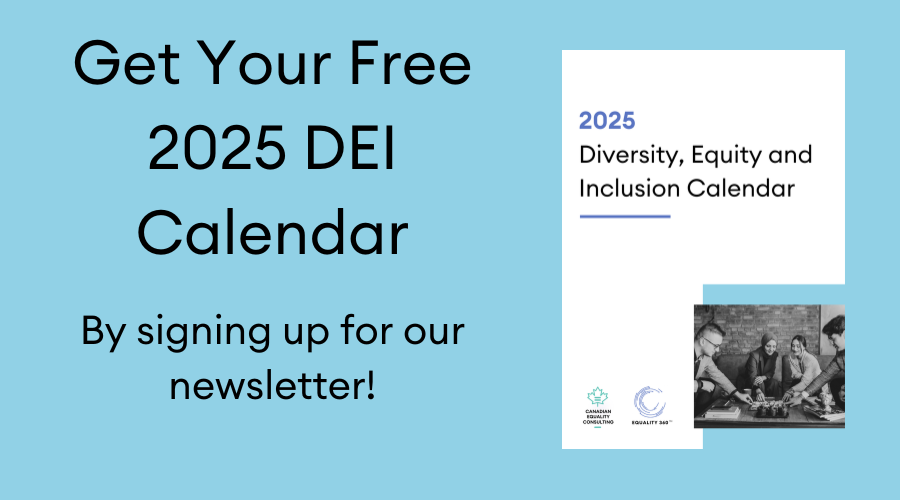
The Importance of Intersectionality
Fostering inclusion in the workplace
The challenges faced by women of colour are unique to other minoritized groups because of their double-outsider status being minoritized both by ethnicity and gender. Applying an intersectional approach in designing, implementing, and evaluating programs and policies creates space for diversity, equity, and inclusion for all employees. The research shows that this shift in thinking is being seen globally, with companies moving from a compliance-based approach to one that attempts to consider the intersectionality of diversity. Read on to learn more about some of the issues, benefits, and solutions to making women of color feel safe and included in your workplace.
The Issues
While people of colour, and in particular women of colour in Canada are more likely to have degrees in higher education compared to their White male counterparts, this isn’t reflected in workplaces across Canada, especially in full-time employment and high-ranking positions.
In a report on Career Advancement in Corporate Canada, Sliva and colleagues show that Black, Indigenous, and People of Colour are more likely to be:
- Less satisfied with their careers,
- Less likely to report positive experiences and perceptions regarding their workplaces, and
- Are more likely to perceive workplace barriers than their White colleagues.
Women and minoritized groups face “systemic glass ceiling barriers to reaching the top echelons of public and private sector organizations”
To understand some of the reasons why women and minoritized groups face additional challenges in the workplace, we must first understand intersectionality. Women belonging to minoritized groups exist at a unique intersection of layers of discrimination, especially those who also represent a minority religion, for they bear the weight of representing a complex multi-layered identity structure comprised of a minority ethnicity, culture, or religion, all within the patriarchal hierarchy that devalues women compared to their male counterparts. Here are some of the key implications of not applying an intersectional lens to DEI policies:
- Immigrants are more likely to be unemployed despite having high educational and technical skill levels and being more likely to have a university education compared to non-immigrants.
- This, in turn, is internalized by minoritized individuals making many feel that their educational qualifications are valued less than those of their White counterparts.
- Pay inequity as a direct result of being a minoritized member can structurally implicate social self-perceptions and perpetuate already existing frameworks of colonial superiority. Despite the driving forces for DEI, it’s not enough to just focus on DEI as a means for profit.
- Discriminatory practices such as racism and stereotyping alter employee attitudes towards the competency of minoritized individuals in the workplace and can impede their occupational mobility.
Developing Solutions
Holding employment is integral to fostering a sense of belonging and inclusion amongst immigrant and minoritized communities. The variety of advantages that implementing DEI practices in a firm can bring about social inclusion and economic betterment throughout supply chains at all geographical scales. Outside of the often talked about economic benefits of DEI, ethnically minoritized individuals are often also hired as cultural and social capital for a company, due to their access to specific social networks and skills.
While it is important to have DEI policies in your workplace, it’s even more important for them to be designed, implemented, and evaluated correctly. Here are some things to consider:
- Apply an intersectional lens: DEI management practices can undermine movements for anti-discrimination by failing to recognize and address the complex inequalities created by intersectional identities and relations of power, if an integrated consideration of intersectionality and its implications for privileged parties does not exist in a firm
- Understand implicit bias: Implicit bias consists of two main components, namely; the repetition of normative stereotypes and biases, and cultural context, such as patriarchal assumptions. It is important to understand that everyone has unconscious biases and that policies work to eliminate them in key areas of an organization such as recruitment. Implicit bias training, like the one offered at Canadian Equality Consulting can be the starting point for recruiters and all employees in your organization to better understand how to limit implicit bias from impacting the diversity and inclusion of your workforce.
- Keep the conversation going: Creating a more diverse and inclusive workplace is an ongoing process that requires individual and organizational work. Equipped with the right <tools, we can question our biases and perceptions of others and be more open to having the difficult but yet important conversations we need to be having to move forward as a more inclusive society.
About the Author
Shefaly Gunjal is a researcher and professional in the diversity, equity, and inclusion space who focuses on addressing the barriers Black, Indigenous and Women of Colour face in the Canadian workplace. She is a graduate student at the University of Toronto, a Research Associate at Canadian Equality Consulting, and the Impact Research Lead at Accelerate Her Future.

